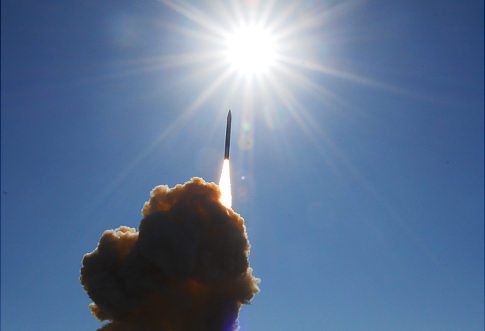DOD has initiated multiple simultaneous efforts to implement European Phased Adaptive Approach (EPAA) but faces three key management challenges—the lack of clear guidance, life-cycle cost estimates, and a fully integrated schedule—which may result in inefficient planning and execution, limited oversight, and increased cost and performance risks.
Since the September 2009 announcement of EPAA, stakeholders throughout DOD—including U.S. European Command, the Missile Defense Agency, and the military services—as well as the State Department, have taken steps to implement this policy, including considering options for the deployment of assets, requesting forces, preparing for testing, and analyzing infrastructure needs. However, effective planning requires clear guidance regarding desired end states and key BMD stakeholders, including the combatant commands and military services, believe that such guidance is not yet in place for EPAA.
Further, key principles for preparing cost estimates state that complete and credible estimates are important to support preparation of budget submissions over the short-term as well as to assess long-term affordability. DOD has not developed EPAA life-cycle cost estimates because it considers EPAA an adaptive approach that will change over time.
However, best practices for cost estimating include methods for developing valid cost estimates even with such uncertainties. These estimates could serve as a basis for DOD to assess its goal of fielding affordable and cost-effective ballistic missile defenses as well as determine if corrective actions are needed.
Finally, the EPAA phase schedule is not fully integrated with acquisition, infrastructure, and personnel activities that will need to be synchronized. As a result, DOD is at risk of incurring schedule slips, decreased performance, and increased cost as it implements the phases of EPAA.
DOD also faces planning challenges for EPAA because DOD has not yet established key operational performance metrics that would provide the combatant commands with needed visibility into the operational capabilities and limitations of the BMD system they intend to employ. DOD is incorporating some combatant commands’ requirements into BMD testing, in part, by having U.S. European Command participate in the test design process. However, the system’s desired performance is not yet defined using operationally relevant quantifiable metrics, such as how long and how well it can defend.
The combatant commands are attempting to define operational performance metrics to enable credible assessment of operational performance gaps. However, these metrics have yet to be finalized and implemented. Without a more complete understanding of BMD operational capabilities and limitations, the combatant commands face potential risk in EPAA operational planning.
[Download not found]










